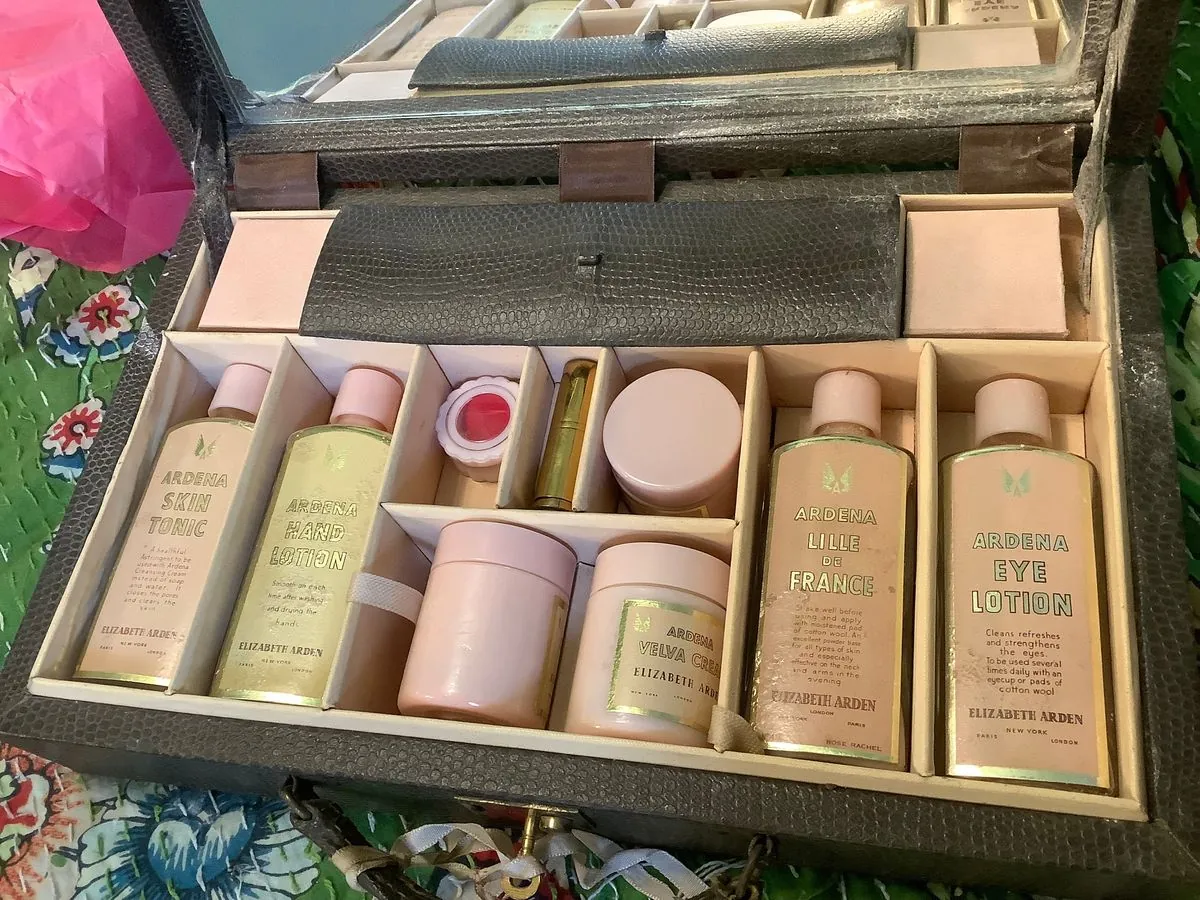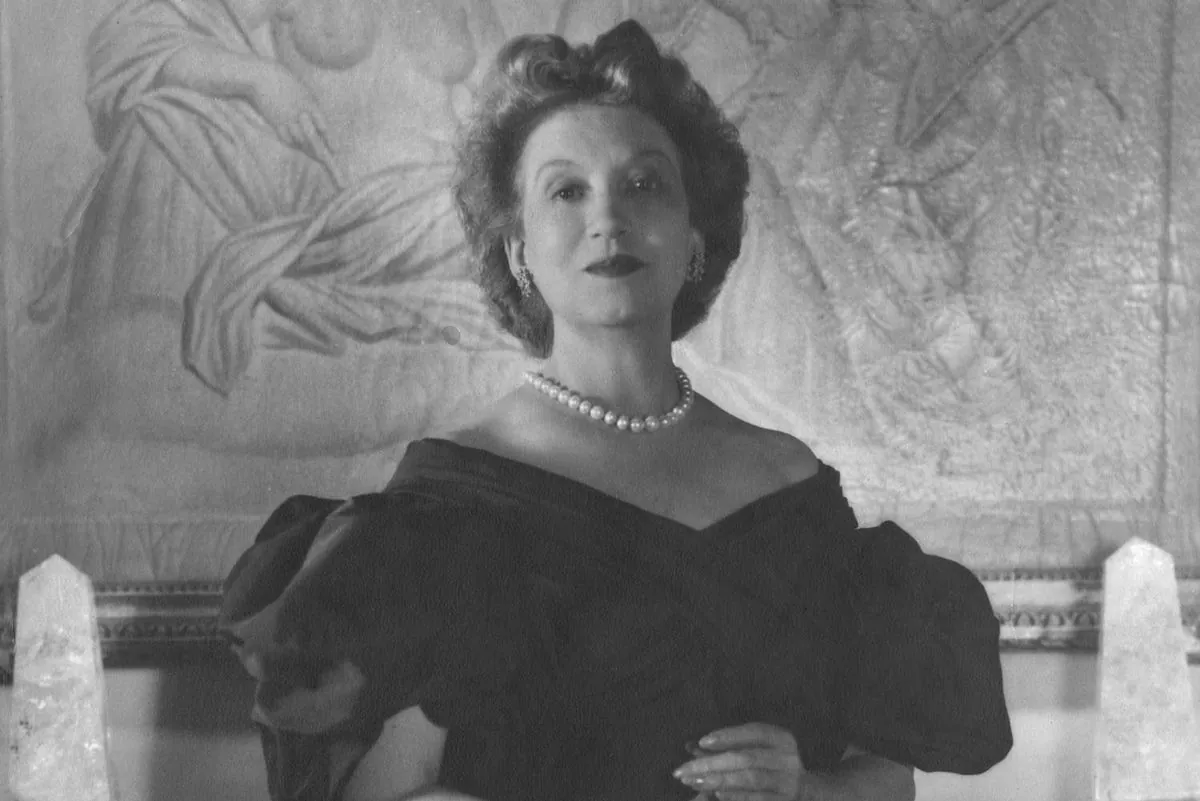Elizabeth Arden: The Enigmatic Architect of Modern Beauty
Florence Graham's transformation into Elizabeth Arden revolutionized the beauty industry. Despite her global impact, a new biography struggles to unveil the woman behind the empire.

Florence Nightingale Graham, a Canadian woman of humble origins, reinvented herself as Elizabeth Arden and revolutionized the beauty industry. Her journey from rural Ontario to the pinnacle of the cosmetics world is a testament to her entrepreneurial spirit and vision.
In 1910, Arden opened her first salon on Fifth Avenue in New York City, marking the beginning of a global beauty empire. Her business acumen was evident from the start, as she recognized the changing attitudes towards cosmetics and women's roles in society. Arden's European trip in 1912 proved pivotal, inspiring her to introduce a range of makeup products that were previously considered taboo for respectable women.

Arden's innovative approach extended beyond cosmetics. She developed a holistic view of beauty, introducing "Exercises for Health and Beauty" in the 1920s, anticipating the modern wellness movement. Her business expanded rapidly, with salons opening in major cities across America and Europe, catering to an elite clientele.
The Elizabeth Arden brand became synonymous with luxury and sophistication. By the 1930s, her company was valued at $25 million, a staggering sum for the time. Arden's marketing strategies were ahead of their time, employing print advertising, radio, and department store promotions to reach her target audience.
"To love is to light a lamp within"
Arden's influence extended beyond beauty products. She ventured into fashion, helping launch the careers of designers like Charles James and Oscar de la Renta. During World War II, she demonstrated her adaptability by producing makeup for servicewomen to coordinate with their uniforms.
Despite her public prominence, Arden's private life remains largely a mystery. Her two failed marriages and her relationships with notable figures of her time, including Georgia O'Keeffe and Hedda Hopper, are barely touched upon in available records. This lack of personal insight poses a challenge for biographers attempting to paint a complete picture of the woman behind the brand.
Arden's passion for horse racing provides a rare glimpse into her personal interests. She owned several successful racehorses, including a Kentucky Derby winner, treating them with the same care and luxury as her beauty clients.
Elizabeth Arden's legacy in the beauty industry is undeniable. She introduced the concept of the makeover, pioneered travel-sized beauty products, and was one of the first to use scientific formulations in skincare. Her Red Door Spa became an iconic symbol of her brand, and she was among the first women to grace the cover of Time magazine in 1946.
At the time of her death in 1966, Arden's personal worth was estimated between $30 to $50 million, separate from her company's value. Her life story, from an impoverished Canadian girl to a global beauty mogul, embodies the transformative power she sold to millions of women worldwide.
While the full extent of Elizabeth Arden's personal life may remain elusive, her impact on the beauty industry and women's empowerment is clear. She not only created a global beauty empire but also played a role in changing societal norms, supporting women's rights, and redefining beauty standards for the 20th century and beyond.


































